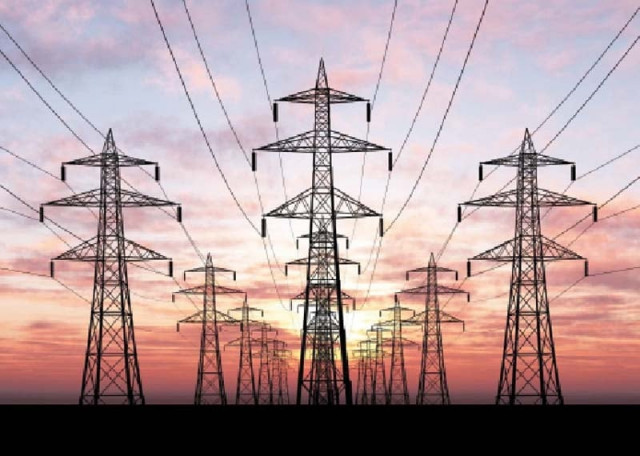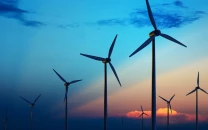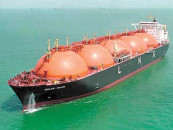Power demand slumps 17% in Aug
Consumers shift to solar as electricity prices rise, impacting national grid consumption

Electricity demand from Pakistan's national grid fell sharply by 17.4% in August 2024 compared to the same period last year, dropping to 13,179 gigawatt-hours (GWh). The decline is attributed to rising electricity prices, lower industrial consumption, and a dip in temperatures following the end of the heatwave.
The reduction in energy consumption is expected to increase capacity chargesfixed management costsin monthly bills, making electricity more expensive for end-consumers in the coming months.
In the first two months (July-August) of the current fiscal year (2024-25), power generation decreased by nearly 9%, totalling 28,059 GWh, compared to 30,798 GWh in the same period last year.
This trend points to the growing adoption of small, low-cost rooftop solar power systems, particularly in residential areas, which has reduced reliance on the national grid's expensive electricity.
Fuel costs drop due to shift in energy sources
The cost of fuel for power generation dropped 9.3% to Rs7.49 per unit in August compared to the same month last year.
This reduction was achieved by generating more electricity from low-cost sources such as nuclear, coal, and hydroelectric power, which carries zero fuel cost, while reducing reliance on expensive fuels like furnace oil and diesel.
However, fuel costs could have been even lower if the government had used more coal instead of imported RLNG (re-gasified liquefied natural gas), which is a more expensive option.
"The excess availability of RLNG in the system, due to low industrial demand, led the government to utilise it for power generation," said Muhammad Awais Ashraf, Director of Research at AKD Securities, speaking to The Express Tribune.
Bilal Ejaz, a research analyst at Ismail Iqbal Securities, noted that the recent Rs7 per unit hike in base electricity prices, effective from July, has made power more expensive, pushing consumers to adopt energy conservation practices to manage their bills. "The price hike was a significant factor in the reduction of power consumption in August," Ejaz said.
Declining industrial demand
Another key factor in the reduction of power consumption has been the continued slowdown in industrial production, particularly in large-scale manufacturing industries (LSMI), during July and August. This decline has directly affected the national grid's power consumption.
Ashraf also highlighted that many people and businesses, especially in the informal sector, are rapidly installing off-grid solar systems to reduce their dependence on costly national grid electricity.
This shift has further contributed to the decreased demand for grid energy.
He predicted that power consumption will likely remain low in the coming months but is expected to improve around March-April 2025, when large-scale manufacturing is anticipated to recover.
A revival in industrial output is expected as inflation drops back into single digits in August, with further reductions likely in September.
This prompted the central bank to cut its key policy rate by a cumulative 450 basis points over the past three months, bringing it down to 17.5%.
Lower interest rates make bank financing cheaper, encouraging businesses to ramp up production.
Hydroelectric leads power production
The breakdown of power production in August shows that hydroelectric power accounted for the largest share, generating 5,362 GWh, or nearly 41% of the total.
This was followed by 2,190 GWh (16.5%) from nuclear plants, 2,106 GWh (16%) from RLNG, and 1,306 GWh (10%) from local coal.
Power generation from local gas, imported coal, solar, and wind ranged between 0.7% and 7.2% of the total energy mix.
Changes in fuel costs
Bagasse, a fuel used in power generation, saw a 109% spike in cost, rising to Rs12.40 per unit in August. The cost of local coal as a fuel component also rose sharply by 75%, reaching Rs12.3 per unit.
The fuel cost for nuclear power increased by 27%, reaching Rs1.5 per unit in August, up from Rs1.2 per unit in the same month last year. Similarly, the price of RLNG in power production climbed by 9% to Rs25.8 per unit.
Conversely, the cost of imported coal dropped 21%, falling to Rs15.8 per unit in August, down from Rs20.2 per unit in August 2023.



















COMMENTS
Comments are moderated and generally will be posted if they are on-topic and not abusive.
For more information, please see our Comments FAQ